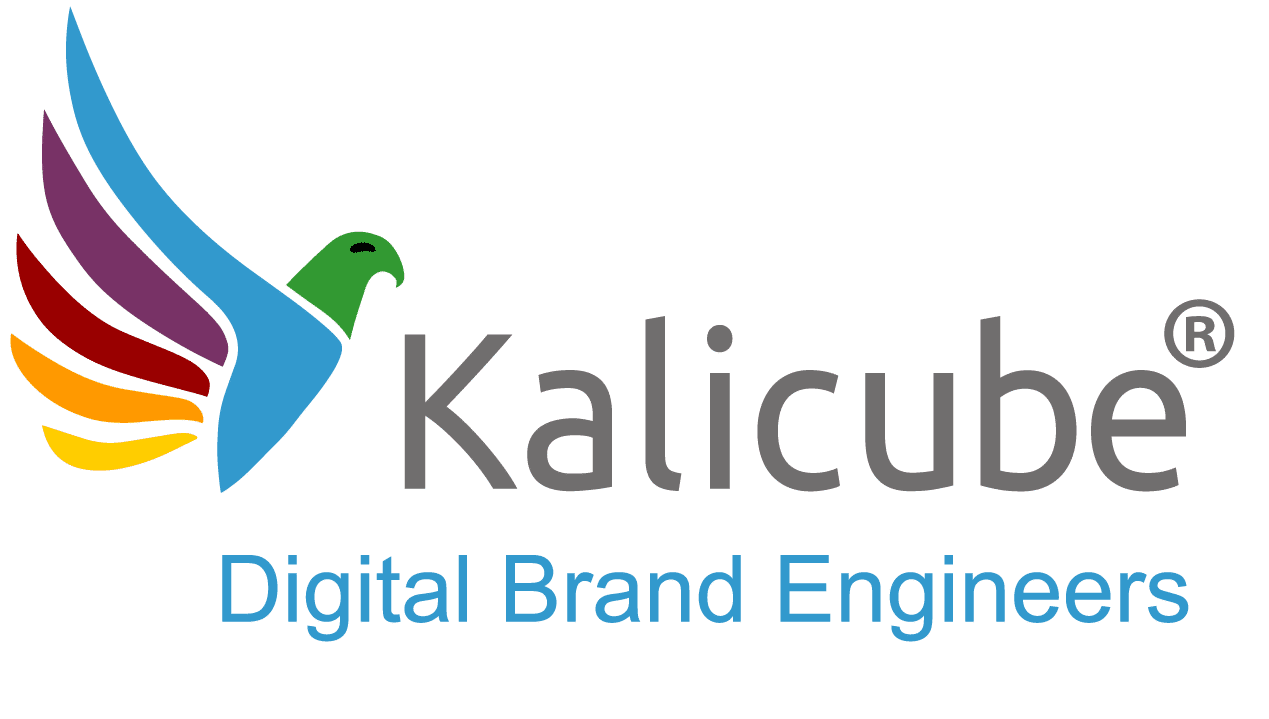Brand SERPs You Really Should Be Tracking (and Improving)

Originally Published on SEMrush June 07, 2018 (Jason Barnard)
Ignore (Brand) SERPs at your peril!
Search queries in the SERPs for your brand name are vital touch-points for both people and machines and are therefore absolutely essential to your business.
You should be tracking, evaluating, and improving them, consistently.
1) People
Consider {Brand} SERPs as your new Business Card.

Prospects, investors, partners, clients, journalists, job candidates, readers, subscribers…
Most people will search for your brand at some point before or during their working relationship with you.
What they see when they search your brand name is vital. Their perception of your brand when that first page displays is a factor that could very well tip the balance in the decision they are making about doing or continuing to do business with you.
Do those SERPs accurately communicate your brand message?
Does it accurately reflect who you are and what you do? Is every single result accurate, up-to-date and positive? My experience has been that business owners assume Google shows complete, accurate, positive information to prospects who search their brand name. They are wrong.
Even if the results are not overtly negative and are reasonably accurate, {Brand} SERPs are never perfect - they can always be improved. Have a good look, and see where they could be better, then set out to influence those results to make them as accurate and positive as possible. Sending out a clear, positive message to prospects is essential to any long-term business strategy.
Insight and Action: Getting Started
First, set up tracking. At an absolute minimum, I track both {Brand} and {Brand review} for my clients. The list can be expanded depending on the market, the specifics of the brand and the business aims.
Second, evaluate what message the SERPs are projecting about your brand to people checking up on you. Try to put yourself in the place of a prospect, investor, partner, client, journalist, job candidate, reader, subscriber or whoever else you seek to be an attractive proposition for. Take a step backward and evaluate with an unbiased view and a super-critical eye.
Third, set out to make every single result accurate and positive. Work to ensure that Google presents the brand image you wish to project to its users (the people you want to do business with!)
Start with improving the first page of results, then move onto the second. The second page is optional here since relatively few people look further than the first page. But SEO and ORM both require that you improve the second and third SERPs, as we will see below.
Stick to the facts.
Google wants to present you in an honest light.
It has no reason to present you inaccurately or unfairly.
 {Brand} SERPs are your online Business Card.
{Brand} SERPs are your online Business Card.
Don’t neglect them
2) SEO, AEO, and Google
SEO and AEO (Answer Engine Optimisation) is the second primary reason you should be tracking and improving your {Brand} SERPs. The first pages of results for the search query {Brand} indicate how well Google understands your brand, and the first 2-3 pages of results for the search query {Brand + review} indicate Google’s assessment of your credibility.
Consider {Brand} SERPs as Google’s assessment of you.
For more on why understanding and credibility are central to any digital strategy, read this article.
Big Bonus: ORM Protection
If you have built very accurate and positive results for {Brand} queries through an ongoing cycle of ‘Track -> Evaluate -> Improve’, those SERPs will tend to be more stable. And as a bonus, should there be a little bad press in the future, the negative results are less likely to rise to page 1 and ruin your {Brand} SERPs in the eyes of your prospects. And if they do hit page 1, you will have already developed the skills in-house to boost the quality results of pages 2 and 3 to displace the negative PR.
 Lock in accurate and positive {Brand} search results.
Lock in accurate and positive {Brand} search results.
Track, Evaluate and Improve. Repeat.
If you want your business to prosper long term, you do need a perfect “online business card”. An ongoing strategy of tracking, evaluating and improving {Brand} SERPs will boost your brand image in the eyes of both people and machines and put you in the driving seat for the long haul.
 Track, Evaluate, and Improve. Repeat.
Track, Evaluate, and Improve. Repeat.
Track and Evaluate = Easy.
Trickier: How To Improve {Brand} SERPs…
The results/snippets that appear in your {Brand} SERPs can be grouped into 3 types:
- Those you control directly.
- Those you control indirectly or partially.
- Those you do not control.
Obviously, the easiest thing you can do today is work on improving the results you control directly – those on your sites. For example, meta titles and descriptions are often sub-optimal (and sometimes missing entirely). Make them shine for you!
Use the meta title to communicate the basic message, and then the meta description to expand on that in a helpful and informative manner.
Note on missing meta descriptions: If you don’t have a meta description for a page, Google will create a description from one or more pieces of content on the page. And, that may not be the message you want to convey. Using the meta description tag correctly gives you more control over what Google shows.
If you also optimize the less obvious brand pages that appear in {Brand} SERPs, the first result for a search on {Brand} can go from this…
 Oh dear!
Oh dear!
To this:

That is the simplest and most obvious tip. Nothing ground-breaking there.
How Many Brand Searches?
The volume of brand searches varies enormously from business to business and from market to market.
But whether your company is a local business or a multinational corporation, brand volumes are well worth keeping an eye on.
Higher search volume means:
More People on the last, decisive step before doing business with you, and perhaps helpful, positive signals for Google. For example, high brand search volume implies that a brand is credible, and the dates when brand searches peak gives clues that help Google better understand different aspects of the business (like, low {brand} search query volume on weekends could indicate that a brand is B2B). And, the words users associate with brand names can help with both understanding and credibility through semantic relationships and sentiment.
So, how many times do people search your brand name? It is easy to find out using Search Console.

Getting the Data From Search Console
Search Console gives you reliable data about the volume of brand searches.
In the following URLs, replace https://www.yoursite.com with the full domain name (make sure you get the correct protocol – http or https and with or without the “www”), yourbrand with your brand name and copy paste into the address bar of your browser.
I am assuming here that you have a Search Console account, are logged in and have added your site as a property.
{Brand} Searches
Look at “impressions” – that is the number of times people searched your exact brand name over the last 4 weeks.
For {Brand review} Searches
All Searches Containing {Brand}
It is also very useful to look at all queries containing your brand name. Any user search query that contains your brand name is potentially a big deal.
Disclaimer: Generic/Ambiguous Brand Names
With a generic or ambiguous brand name, {Brand} searches bring up irrelevant results for users and the Search Console data on {Brand} searches loses much of its meaning. Plus, ambiguity is something machines are pretty uncomfortable with.
Stay tuned – in June I will write a guide on the techniques you can use to improve both {Brand} and {Brand review} SERPs:
- Learn more advanced tips for directly controlling results.
- Get tips to improve results where you have indirect or partial control.
- Learn how to influence or change results you don’t control.





